SUMMARY
This is AI generated summarization, which may have errors. For context, always refer to the full article.
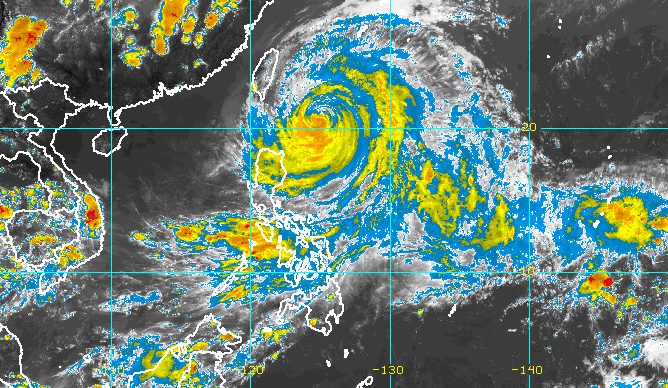
MANILA, Philippines – Typhoon Betty (Mawar) began to move north or away from Luzon on Tuesday afternoon, May 30, but due to its slow pace, it could leave the Philippine Area of Responsibility (PAR) only after two days.
As of 4 pm on Tuesday, Betty was still 315 kilometers east of Basco, Batanes, said the Philippine Atmospheric, Geophysical, and Astronomical Services Administration (PAGASA) in its 5 pm bulletin.
The typhoon is projected to maintain its northward movement until Wednesday, May 31, then speed up as it turns north northeast on Thursday, June 1, and northeast on Friday, June 2.
Its exit from PAR could happen late Thursday or early Friday.
So far, Betty still has maximum sustained winds of 150 kilometers per hour and gustiness of up to 185 km/h.
The typhoon did not make landfall in the Philippines, but has been affecting Northern Luzon due to its size.
PAGASA now sees moderate to heavy rain from Betty persisting for just one more day. It reiterated, however, that floods and landslides remain possible.
Tuesday afternoon, May 30, to Wednesday afternoon, May 31
- 50-100 millimeters: Batanes, Babuyan Islands, Ilocos Norte, Ilocos Sur, La Union, western part of Abra, western part of Benguet
The southwest monsoon or habagat, still being enhanced by Betty, will continue to affect Southern Luzon, the Visayas, and Mindanao.
Rain showers and thunderstorms due to the enhanced southwest monsoon are mostly concentrated in Mimaropa, Western Visayas, and the Zamboanga Peninsula. Elsewhere, there may only be isolated rain showers or thunderstorms.
PAGASA also downgraded tropical cyclone wind signals for a few parts of Northern Luzon. Below is the updated list as of 5 pm on Tuesday.
Signal No. 2
Gale-force winds (62 to 88 km/h), minor to moderate threat to life and property
- Batanes
Signal No. 1
Strong winds (39 to 61 km/h), minimal to minor threat to life and property
- Cagayan including Babuyan Islands
- northern and eastern parts of Isabela (Santo Tomas, Santa Maria, Quezon, San Mariano, Dinapigue, Delfin Albano, San Pablo, Ilagan City, Benito Soliven, Tumauini, Cabagan, Palanan, Quirino, Divilacan, Gamu, Maconacon, Naguilian, Mallig)
- eastern part of Ilocos Norte (Piddig, Bangui, Vintar, Marcos, Pagudpud, Banna, Adams, Carasi, Dingras, Solsona, Dumalneg, Nueva Era)
- Apayao
- northern part of Kalinga (Tabuk City, Balbalan, Pinukpuk, Rizal)
- northeastern part of Abra (Tineg, Lacub, Malibcong)
PAGASA added that the enhanced southwest monsoon and the “outer periphery of the typhoon circulation” will bring occasional gusts to Bicol, Aurora, Quezon, Occidental Mindoro, Oriental Mindoro, Marinduque, Romblon, Western Visayas, and Northern Samar, as well as the rest of the Cordillera Administrative Region and the rest of Ilocos Norte that are not under wind signals.

Both Betty and the southwest monsoon are still affecting coastal waters. PAGASA issued another gale warning at 5 pm on Tuesday for these seaboards:
- seaboards of Northern Luzon and eastern seaboard of Central Luzon – rough to high seas, with waves 3.1 to 6.5 meters high
- seaboards of Southern Luzon and eastern seaboard of Visayas – rough to very rough seas, with waves 2.8 to 4.5 meters high
The weather bureau warned that rough to high seas are risky for all vessels. In areas with rough to very rough seas, small vessels should not sail while larger vessels must be on alert for big waves.
Betty may weaken into a severe tropical storm late Thursday or early Friday, then into a tropical storm late Friday or early Saturday, June 3.
PAGASA explained that the weakening would be caused by “cooler ocean waters, dry air intrusion, and increasing vertical wind shear.” The weather bureau is also not ruling out a “faster weakening rate” due to the dry air affecting the typhoon.
Betty entered PAR as a super typhoon early Saturday, May 27, and before its entry, had reached a peak intensity of 215 km/h. It is the country’s second tropical cyclone for 2023 and the first super typhoon of the year. – Rappler.com
Add a comment
How does this make you feel?




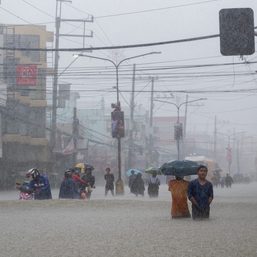

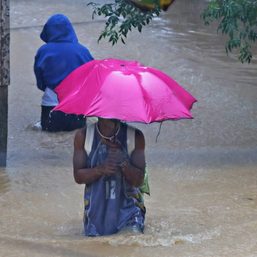
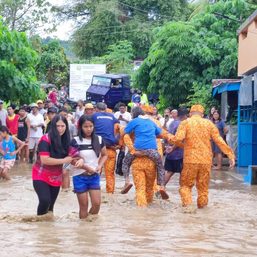
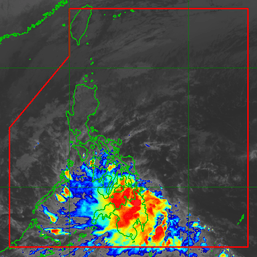

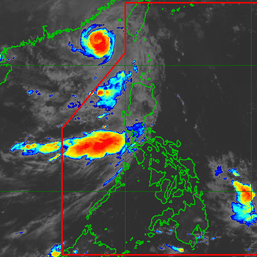
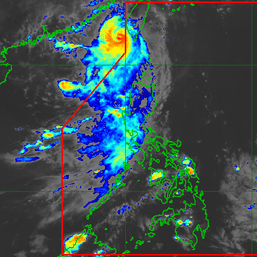
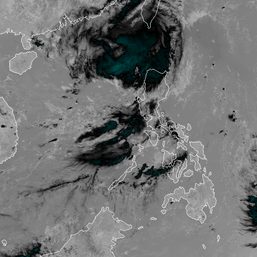
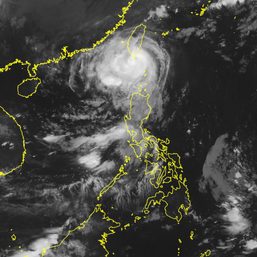
There are no comments yet. Add your comment to start the conversation.